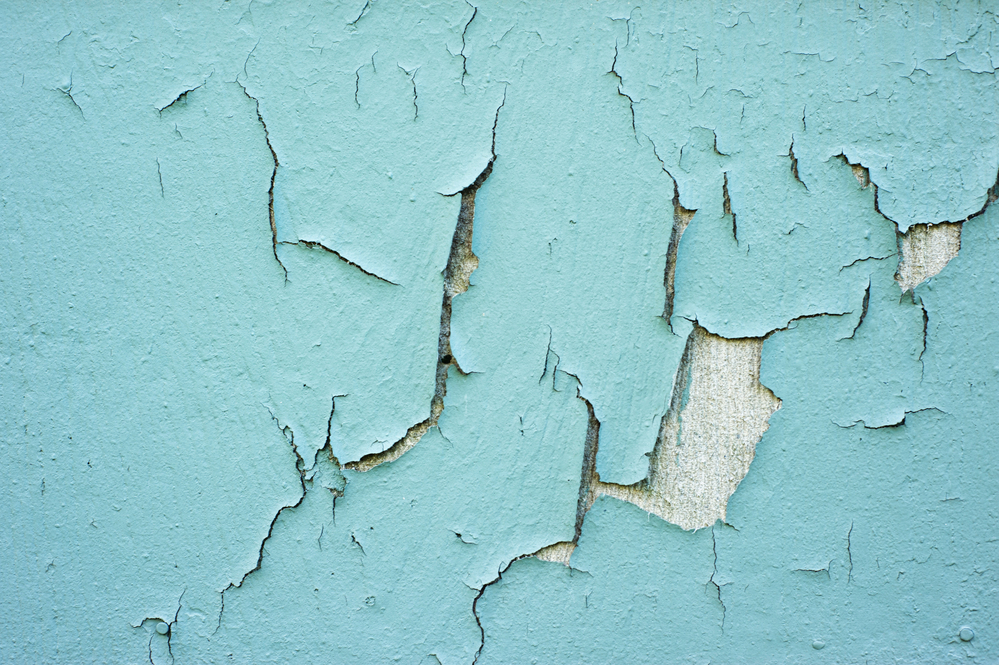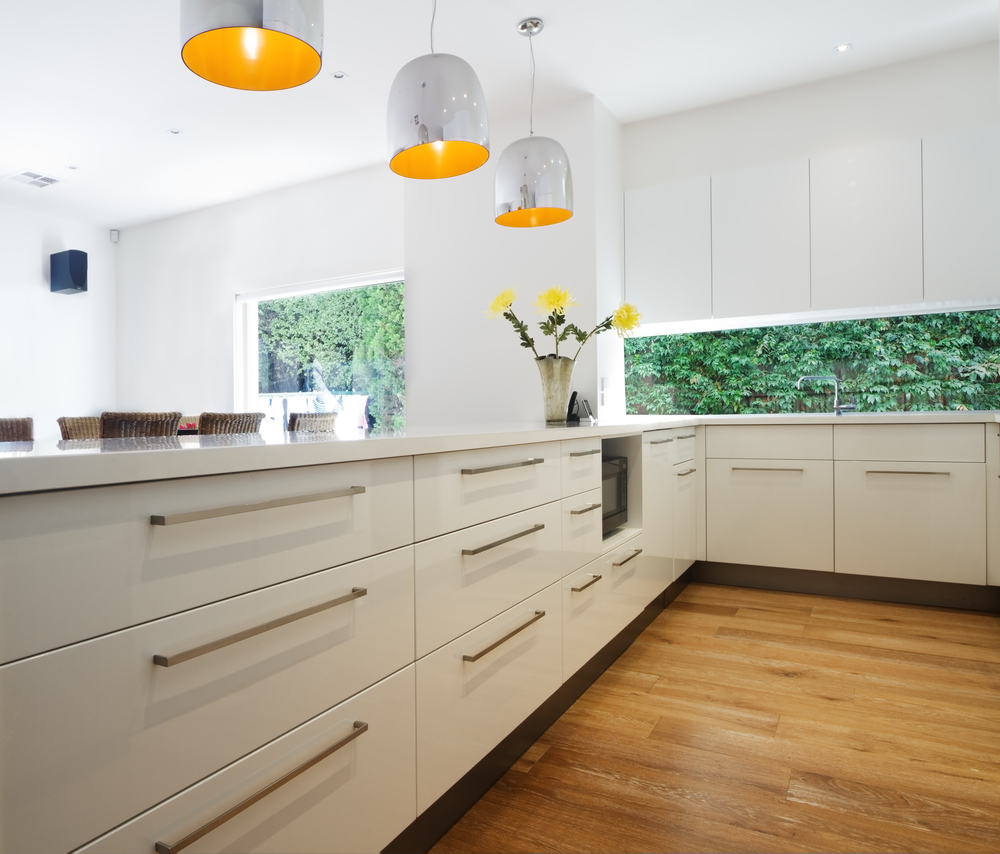A large number of Australian homes built before the 1970s were coated with paint products containing high amounts of lead. While exposure to lead is extremely risky, this will normally only occur in a home of the lead-containing paint is flaking or it is disturbed during renovation work. Below is information regarding some risks it can pose when disturbed and where to obtain professional advice if you are concerned.
Risks Associated with Lead Exposure
- Just a few serious health risks associated with lead exposure can include
- Severe kidney damage – also called nephropathy
- Various blood disorders
- Brain damage
- Lowered IQ levels and other cognitive conditions in children, with many of them being permanent
- Anaemia
- Miscarriages in pregnant women
- Lowered sperm count in men
- Delayed puberty in girls
- Hypertension
- Cardiovascular conditions
- Severe headaches
- Unexplained body pains
- Immune system deficiencies
Who is Most at Risk of Lead Exposure in Homes?
Although children and anyone else with compromised immune systems are at high risk of suffering from the above mentioned effects of lead exposure, anyone who is performing DIY painting or renovation work in older homes is also at risk. However, it should be stressed that the only time the risk is high is if the lead paint is flaking, peeling or chipping off the walls. If the lead paint has been thoroughly covered with a non-lead paint, the chance of being exposed to lead particles is virtually zero.
Areas where Lead-based Paint is Commonly Found
While lead-based paint can be found virtually anywhere in a home, these are some of the more common areas where you can expect to find it:
- Interior and exterior doors
- Window frames
- Painted stair railings
- Skirting boards
- Guttering
- Interior and exterior walls
- Painted cupboards and cabinets
- Fascia boards
- Extremely high concentrations of lead can also be found in in soil on older residential properties where lead-based paints have been used over the years
Preventing Unnecessary Exposure during Renovations
If you are renovating a property where there is a chance of lead-based paint being present, it’s essential to take the following precautions to prevent it from becoming airborne:
- Do not sandblast, dry scrape or dry sand painted areas
- Don’t work outdoors if it is windy
- Refrain from using heat guns or any open flame torches on surfaces coated with lead-based paint
- Don’t smoke, eat or drink with contaminated hands or in the area you’re working in
- Children and pregnant or nursing women should also not spend time in a building where there is a chance of lead-based paint being disturbed during renovations
If you are concerned that lead-based paint may have been used in any areas of your home, it is recommended that you obtain a copy of, “The Six Step Guide to Painting your Home (Third Edition)” that has been published by the Australian Government. It provides step-by-step instructions regarding how an appropriately qualified, experienced and accredited contractor can remove lead-based paint from your home.




